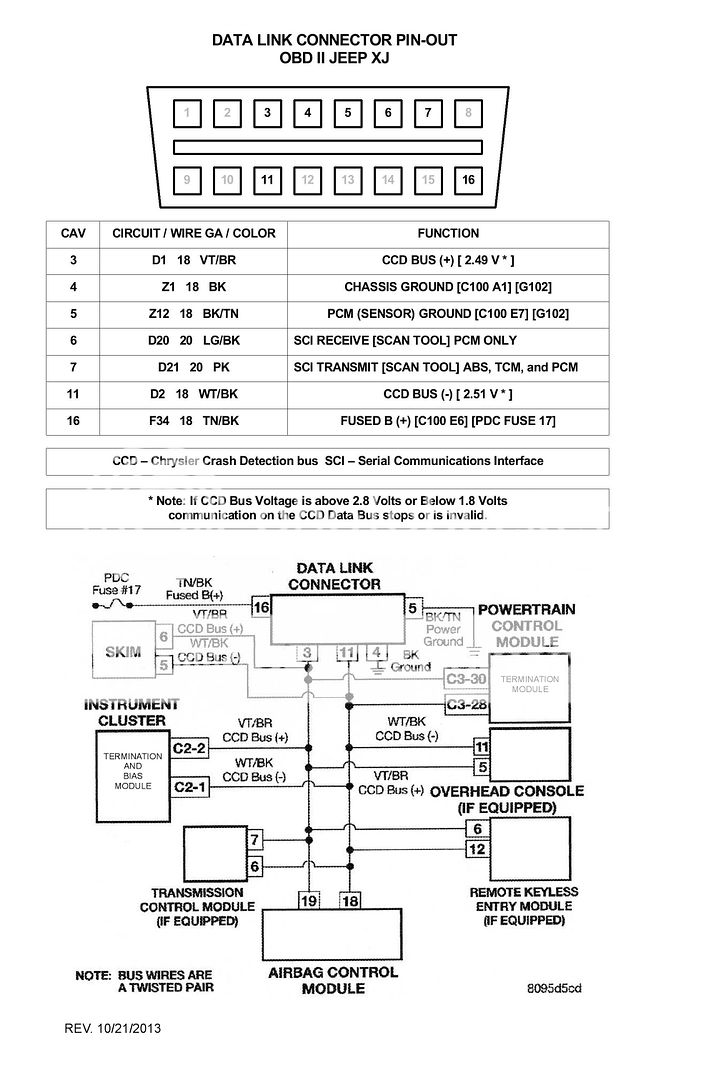spinaldex
NAXJA Forum User
- Location
- Oregon City, OR
So I've been working on swapping in a '98 PCM, Harness, Distributor, etc in my 2000 XJ. I've gotten it all in now and the motor kicks over (doesn't fire, but I still need to put in the distributor right, but thats a different story). When I turn the key on, it takes a few seconds and then the odometer reads "no bus". A few items on the gauge cluster don't work (battery volt meter for example) and the OBDII port for the reader doesn't send power (did pre-2000 even have them?).
Also, the Idle Air Control module keeps clicking over and over nonstop even if the key is off unless I disconnect the battery.
I'm wondering if this swap requires more components to be swapped, possibly under/behind the dash?
Also, the Idle Air Control module keeps clicking over and over nonstop even if the key is off unless I disconnect the battery.
I'm wondering if this swap requires more components to be swapped, possibly under/behind the dash?


